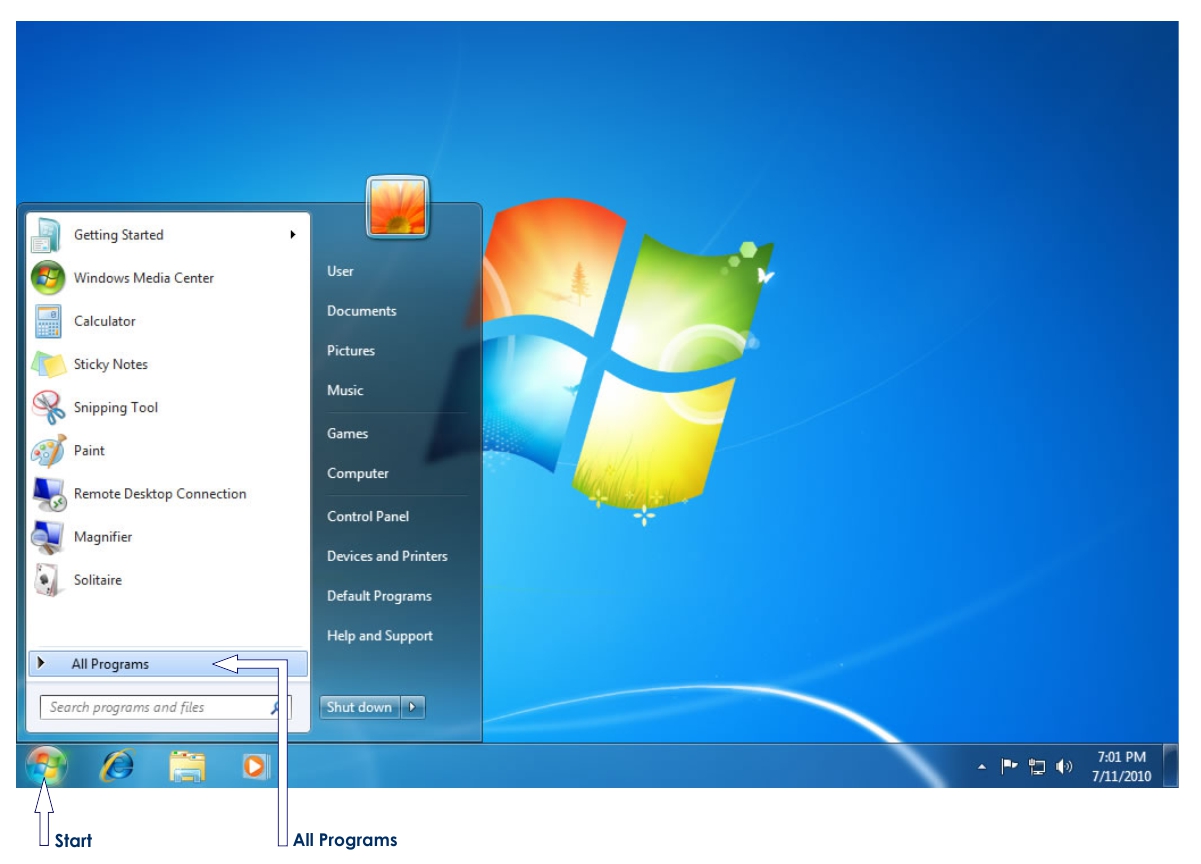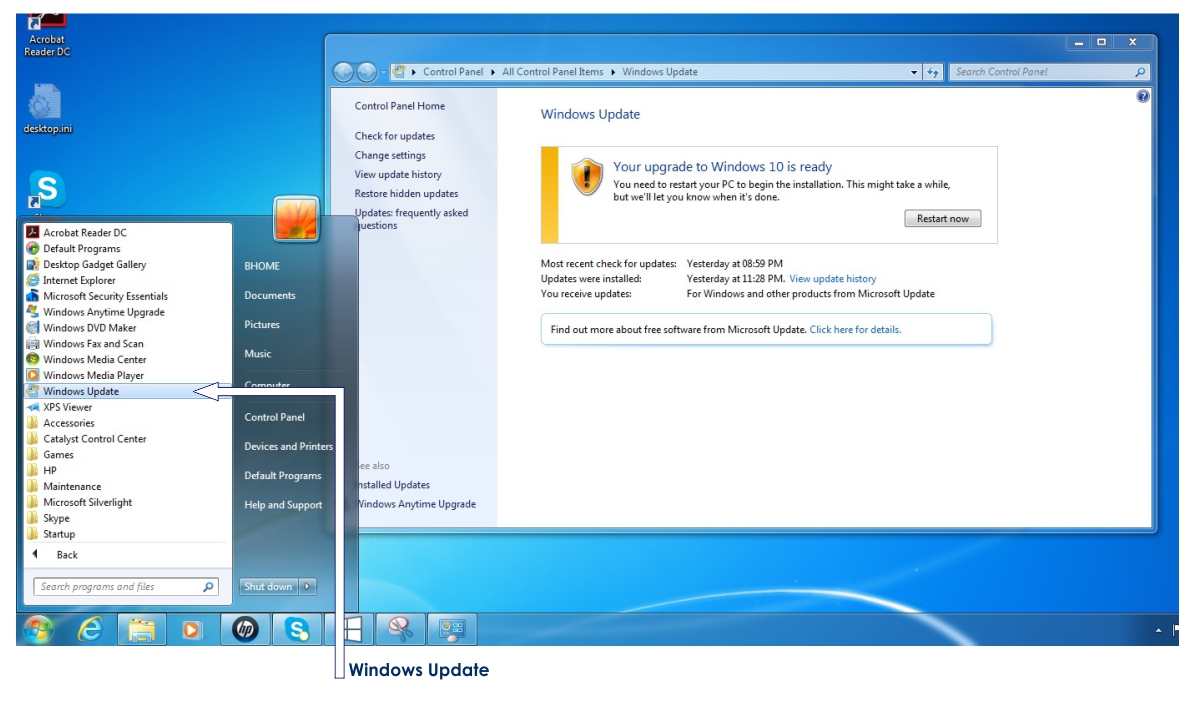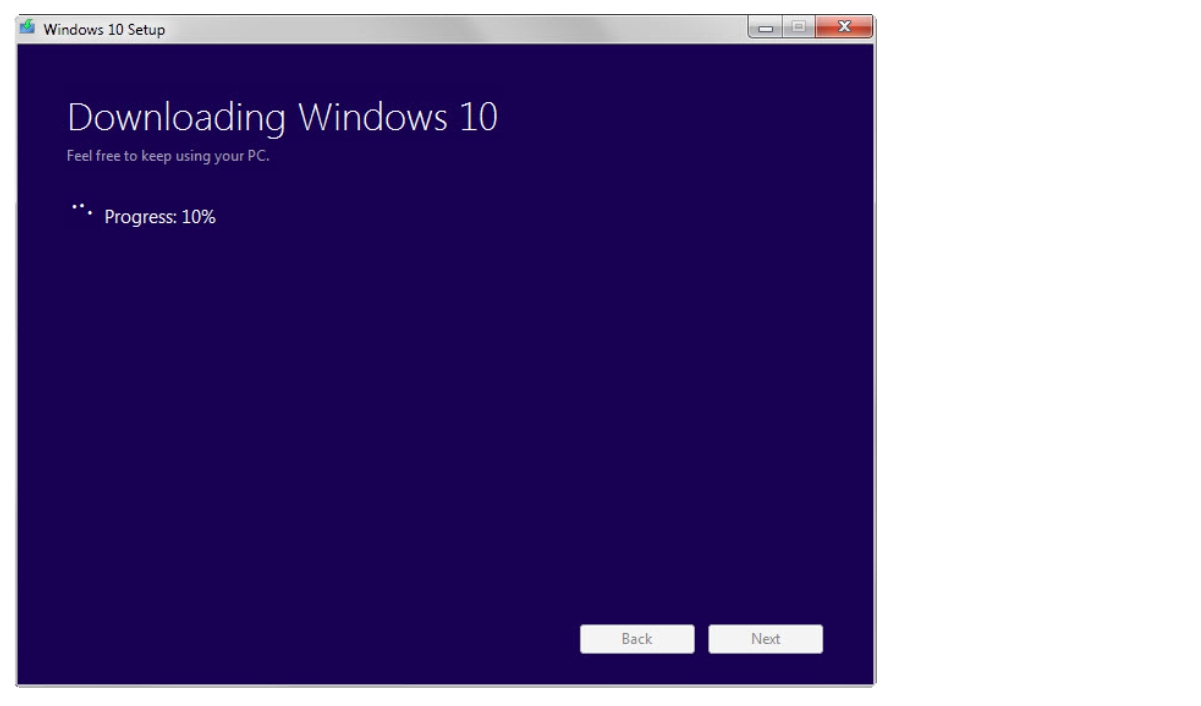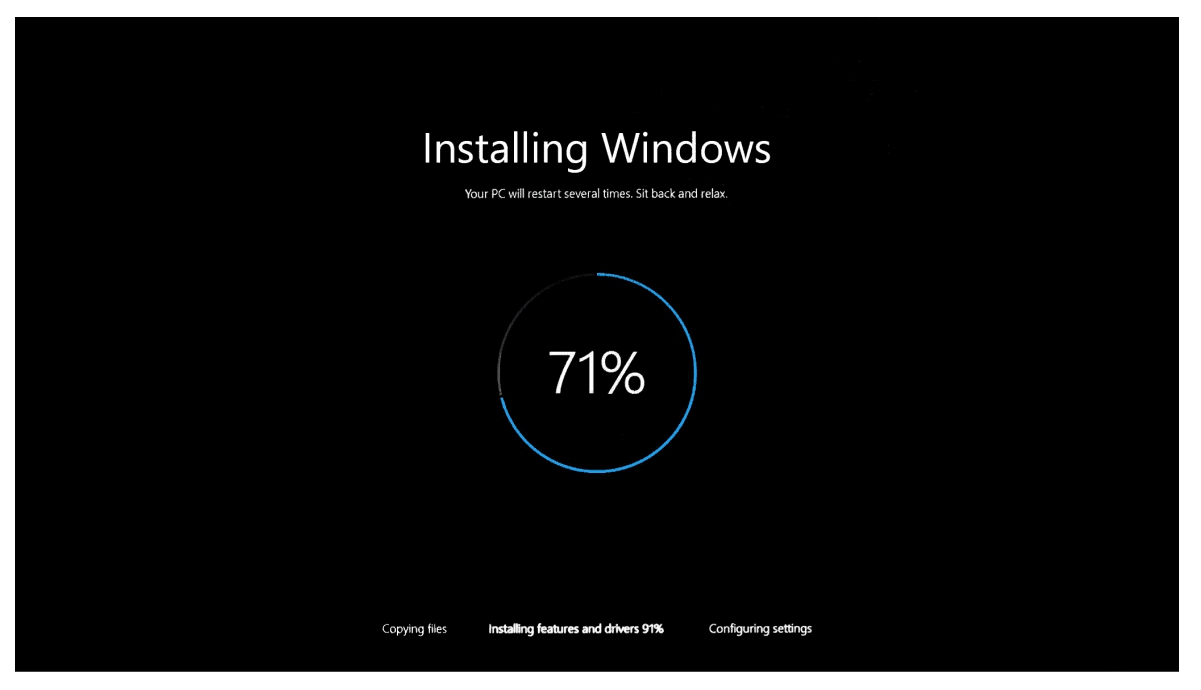Need help upgrading to windows 10? (For Windows 7 and 8)
Tuesday, September 8th, 2015
Windows 10 has finally been released to the public, and everyone with a genuine copy of windows 7 or 8.1 can upgrade to Windows 10 for free, albeit for a limited time only. The question is how do we get it done, quickly and simply?
The answer to that question is Digiworks, we are here to help you through the process, and if after this tutorial, you still feel uncomfortable upgrading to Windows 10, contact us here and we will assist you through the process.
Before we begin, we need to make sure there is enough space available on the computers hard drive, the installation files (Download) are around 4 gigabytes in size. if you plan on utilizing a flash drive or DVD to install on another computer or make a fresh install you will need to make sure there is a minimum of 4 gigs available on that device as well. For more information regarding system requirements take a look here – Windows 10 system requirements
Getting down to business
First up, we will need to make sure you are fully up to date with all the latest Windows upgrades.
Windows 7 users will need to be running service pack 1 and windows 8 users will need to have Windows 8.1 installed.
To make sure we are all up to date we will need to run the windows update tool, this can be found in the control panel,
Windows 7 users can click Start > All Programs > Windows Update (As displayed in the images below)


Windows 8 users will need to click Start in the bottom left corner of their screen > Type Control Panel > Click the icon that pops up, as displayed below > and then click on Windows Update (second picture)


Once everything is updated, it is time to download the Windows Upgrade tool, which can be found here Windows Upgrade Tool. But before we start downloading we need to make sure we will be downloading the correct version, as you will see below we can download both the 32bit, and 64 bit versions.
Windows 7 users will need to click the start icon in the bottom left of their screens > right click on computer > and then click on properties, there they will see their system type. (pictured below)

System Type

Windows 8 users will need to click the start icon in the bottom left of their screens > Type system > and then click on the PC info icon that will appear in the search results below, there they will see their system type. (pictured below)

System Type

After you have discovered which version of Windows you have installed (32bit or 64bit), head back to the link we posted earlier and download the corresponding version of the upgrade tool. Windows Upgrade Tool.

While that download, we personally recommend downloading a tool such as Belarc Adviser. Belarc advisor provides information regarding your computers software and more specifically, will provide you with your version of windows and product key (It will be found towards the bottom of the page) which will come in handy in the future should you choose to do a fresh install
Once the download is complete, run it from the browser or the folder in which you downloaded it into
The Installation
There are two ways to go about the installation, the first, and recommended way is to let windows do all the hard work for you. Once you have selected Upgrade this PC now and clicked next Windows 10 will start to download, this could take a fair amount of time depending on the speed of your connection.

Once the download is complete Windows 10 will take you through a few simple steps

Click next once the download has completed, there will be a few more options you need to select based on the current version of Windows you have installed, which we went through a few steps ago. And you should see the installing Windows 10 screen shown below.

